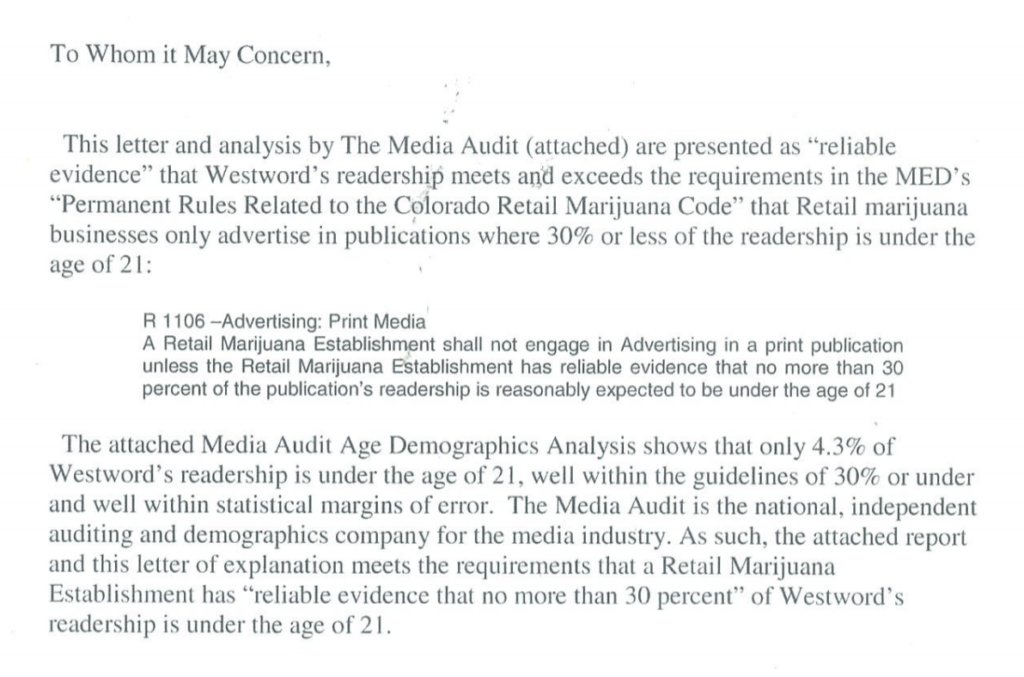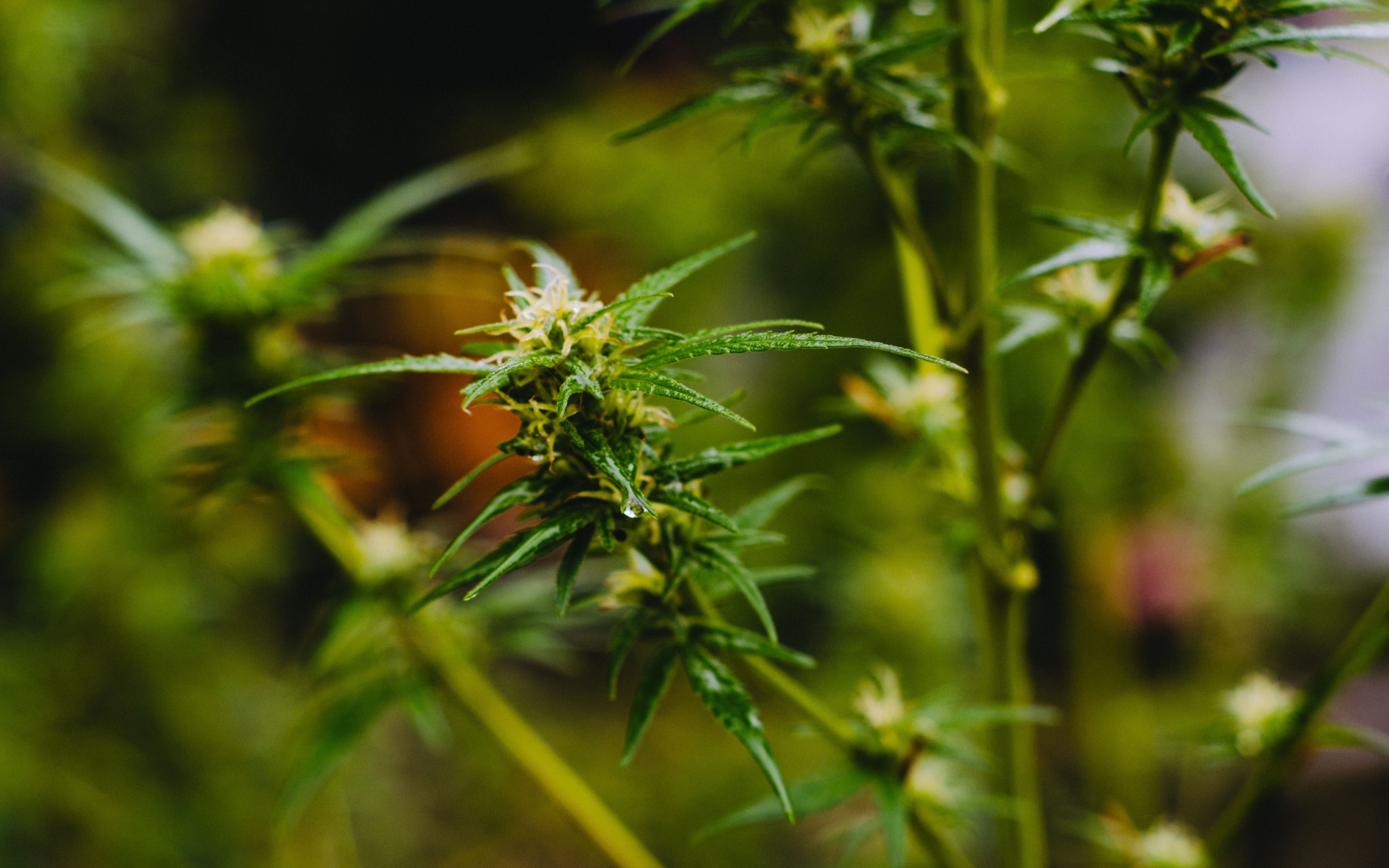After years of working in the legal cannabis industry in Colorado, we’ve learned a thing or five that might be useful for anyone starting or involved in the marijuana industry, regardless of location. As a marketing and design agency heavily involved in the business development of multiple cannabis companies throughout the legalization history in Colorado, we hope the advice below will help those in our position.
Constantly Adjusting Design and Staying Tactful
Having worked in nearly every design capacity in the industry, the biggest lesson to learn is that once a design project is approved, it’s soon to be outdated and deemed “illegal” from the regulatory powers that be. We can cite countless examples where design and packaging mandates set forth by the state were quickly revised, changed, updated, trashed or completely overhauled leaving thousands of dollars worth of print and packaging materials unusable.
Our best advice to counter this inevitable trend is to proceed forward in a manner that is tactful and deliberate. By all means, do not rush a product to market. Not only does this facilitate costly errors, but it also allows for extra time and attention to be put towards design components that you can control. The most likely areas where state regulators will tamper with design is in warning label language and dosage visibility.
PS: Be very cautious of the “Joe Camel” syndrome as well.
Write up by Kevin Roberts, TMRC Owner
Product Trends after Legalization
So cannabis is finally recreationally legal in your state! Based on experience in Colorado and similar trends in other states, there are definitive product trend cycles that retailers and manufactures, if aware, will stand a much greater chance of staying ahead of consumer preferences as the months and years of legality play out.
Out of the gate, everyone will want “flower” (get used to this term) shortly followed by edibles. It’s hard to imagine that coming out of the gate with such high demand, that flower will eventually become a commodity. Recently, the spot index for CO sunk to a historic low of $1000 per pound. Companies looking to start grow facilities should be very aware of similar trends and how long they will likely take to layout over the course of their market maturation.
PS: Flower > Edibles > Flower > Vape > CBD > Edibles > Concentrates > CBD

Write up by Kevin Roberts, TMRC Owner
Advertising Cannabis Products and the Regulations to Know
There are plenty of options to get the word out about your cannabis brand or product but a few rules to know and follow. If traditional or digital advertising is one route you decide to take, you’ll need to confirm that at least 70% of your chosen publication’s audience is over 21 years old. Before committing to an advertising contract, request a State Compliance Letter from the ad rep. If you don’t have a record of this statement, you risk serious trouble under Colorado State Law or the governing body you do business in. This letter will look something like this: After Jeff Sessions rescinded the Cole Memo and a number of other federal enforcement guidelines put in place by Obama, advertising with large media organizations became much more difficult. These companies now face a higher risk of government intervention, especially when advertising on a large scale. The Federal Communications Commission distributes licenses based on how well a broadcaster serves the public interest, and if they are breaking a federal law, they are unlikely to receive that license in the following year. So, international broadcasters are primarily out of the question for advertising cannabis products. The same goes for Instagram and Facebook. While organic social media marketing is typically safe (read on for more info), native ads on the platforms will almost always be denied.
After Jeff Sessions rescinded the Cole Memo and a number of other federal enforcement guidelines put in place by Obama, advertising with large media organizations became much more difficult. These companies now face a higher risk of government intervention, especially when advertising on a large scale. The Federal Communications Commission distributes licenses based on how well a broadcaster serves the public interest, and if they are breaking a federal law, they are unlikely to receive that license in the following year. So, international broadcasters are primarily out of the question for advertising cannabis products. The same goes for Instagram and Facebook. While organic social media marketing is typically safe (read on for more info), native ads on the platforms will almost always be denied.

Write up Chris Jensen, TMRC Project Manager
Social Media Limitations in the Cannabis Industry
If you’ve ever had an Instagram account get banned, you know the hassles it creates. Upon first glance it might not seem like it, but cannabis related accounts are actually looked down upon by Instagram. The promotion of sales of federally illegal substances goes against their terms of service, so this can make things a little tricky when promoting cannabis. If things aren’t worded correctly, you risk the chance of having your account banned. Fortunately, this is easy to avoid as long as you approach things tactfully.
According to a recent update in Instagram’s terms of service, cannabis related accounts are able to promote the use and overall legalization as long as they don’t provide a direct sales pitch.
Another thing to keep in mind is contact information associated with your business account:
“Our policy prohibits any marijuana seller, including dispensaries, from promoting their business by providing contact information like phone numbers, street addresses, or by using the “contact us” tab in Instagram Business Accounts.”
Even though you can’t include “contact information like phone numbers, street addresses, or by using the “contact us” tab”, they don’t mention that you can’t provide a website. So, if you include just your website with all of that contact information, your account should be safe.
This may seem like a lot of rules to follow and a little unfair, but hey, things continue to change in the cannabis industry everyday. If you want to start a successful Instagram profile for your cannabis business, following these guidelines will prevent you from getting that account banned.
Write up by Blake Lockard, TMRC Designer
Developing a Brand Voice for your Marijuana Company
For any business, a brand voice and identity is essential to differentiate yourself from the mass of competition. In the cannabis industry, it may be even more so. With hundreds, if not thousands of startup marijuana brands popping up, yours needs to stand out. Settling on a target market is vital when developing a product and weed is no different. Will your product be for the refined vaper, the experienced dabber, or the newbie interested in edibles?
Your targets may overlap, but you need to have a firm idea of who you are communicating to in order to do this successfully. Developing and maintaining a brand voice is the best way to keep your messaging consistent and on point.
Your brand voice is refined through constant, consistent efforts and publication. Your first step will likely be a brand discovery, learning and crafting your initial brand voice, but sustaining this voice requires constant effort. You’ll need to publish, test and analyze your messaging results, discovering what speaks to and reaches your audience most successfully. How you define your brand will come with adjusting your efforts over time based on what works best.
Write up Chris Jensen, TMRC Project Manager
Need a little extra help marketing, branding or advertising your cannabis company? Get in contact with us and we’ll help guide the way or even manage the entire process.







